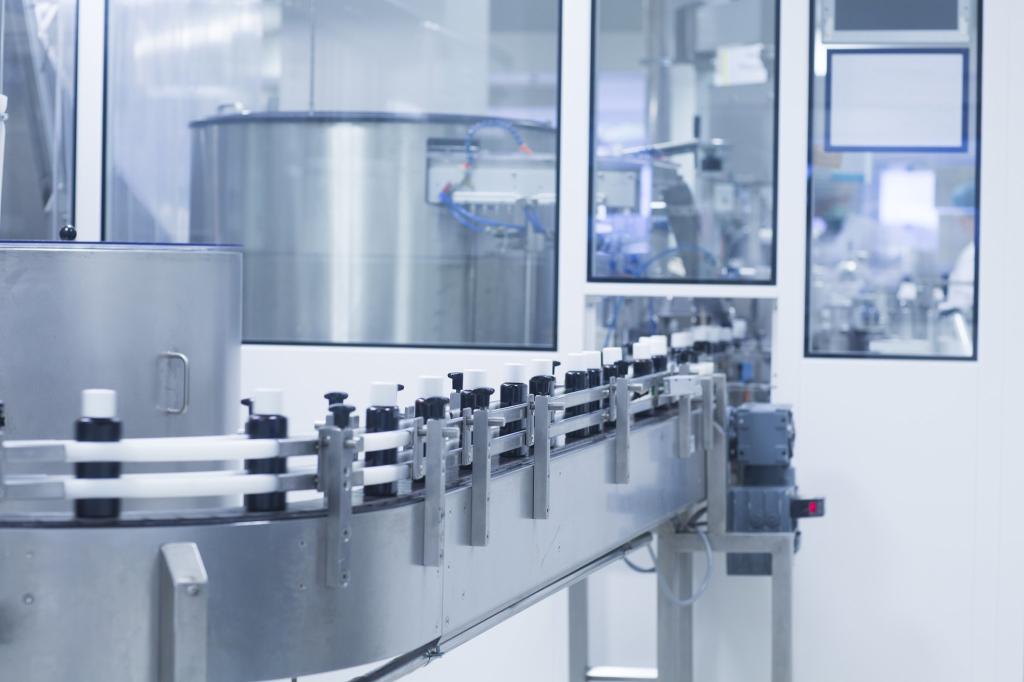Food Special Phosphatidylserine,Disperse Emulsification
Time:2024-08-07
Evaluating the effectiveness of using phosphatidylserine in food is a comprehensive process that requires consideration of multiple factors. The following are key evaluation steps and considerations:
1. Define Evaluation Objectives
·Set Clear Objectives: First, clarify the specific goals of using phosphatidylserine in food, such as improving texture, stability, taste, or increasing nutritional value. This will guide the subsequent evaluation process.
2. Analyze Food Characteristics and Formulation
·Food Type: The needs and responses to phosphatidylserine may vary across different foods. For example, in products like seasonings, sauces, and pastries, it may be primarily used to improve texture and taste, while in dairy or meat products, its effects on stability and nutritional value may be of greater concern.
·Formulation Ingredients: Other ingredients in the food may interact with phosphatidylserine, affecting its efficacy. Therefore, analyzing the composition of the food formulation is necessary to determine the optimal amount and method of addition.
3. Consider Processing Conditions
·Processing Temperature: The emulsifying properties of phosphatidylserine may change at different temperatures. Its emulsifying effect may weaken at low temperatures, while at high temperatures, it may more easily form stable emulsions. Appropriate processing temperatures should be determined based on specific processing conditions.
·pH Value: The pH of the food can affect the stability and emulsifying properties of phosphatidylserine. Adjusting the pH appropriately can optimize its effect.
·Stirring Method and Time: Factors such as stirring speed and time can influence the dispersion and emulsification of phosphatidylserine in food. Proper stirring methods and times can help form stable emulsions.
4. Conduct Laboratory Tests and Sensory Evaluation
·Laboratory Tests: Laboratory tests can quantify the effectiveness of phosphatidylserine in food, such as measuring its emulsification stability, viscosity, and dispersibility. These test data provide objective evidence for subsequent evaluation.
·Sensory Evaluation: Sensory evaluation is a key method for assessing food quality. By organizing professional sensory evaluators to taste and evaluate foods containing phosphatidylserine, changes in taste and flavor can be understood. The results of sensory evaluation, combined with laboratory test data, can provide a comprehensive assessment of the effectiveness of phosphatidylserine in food.
5. Consider Safety and Regulatory Requirements
·Safety and Regulations: The safety and regulatory requirements must be considered when evaluating the use of phosphatidylserine in food. As a food additive, its use should comply with relevant regulations and standards. Additionally, it is necessary to assess whether the amount of phosphatidylserine added to the food could have adverse effects on human health.
Based on the results of these evaluations, a comprehensive assessment of the effectiveness of phosphatidylserine in food can be made. Depending on the evaluation objectives, corresponding conclusions and recommendations can be provided. For example, if the goal is to improve the texture and taste of the food, the assessment can determine whether the expected effects were achieved based on laboratory tests and sensory evaluation results. If the goal is to increase nutritional value, further analysis of the stability and bioavailability of phosphatidylserine in food may be necessary.
Evaluating the effectiveness of phosphatidylserine in food is a complex and systematic process that requires comprehensive consideration of multiple factors. Through scientific evaluation methods, strong support can be provided for its widespread application in the food industry.


 CN
CN





